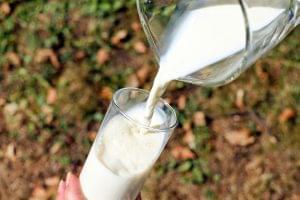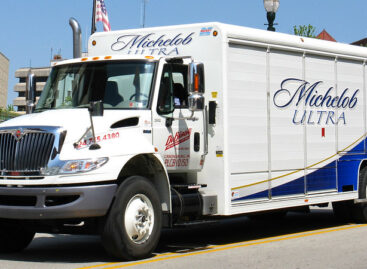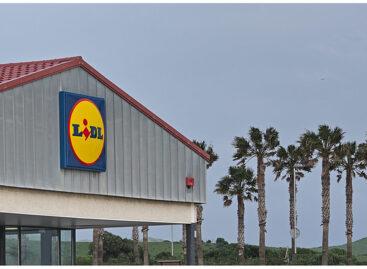Why has lactose-free milk become cheaper? – margin freeze, hidden profit margins and the trick of “free” products
A recent price comparison has come to a surprising result: as a result of the government’s margin freeze, the prices of lactose-free dairy products have decreased the most in the stores of the five largest domestic food chains. Based on the hundreds of products examined, it seems that these products had previously been subject to particularly high margins – so the new regulation has now resulted in a spectacular price reduction – Telex points out.
Margin freeze: what exactly happened?
 According to the regulation, retailers can apply a maximum margin of 10 percent in 30 basic food categories. The measure affects several staple foods, from meat to dairy products to eggs, granulated sugar and garlic. Since stores have been working with a small profit on these products until now, it is assumed that the margins have now been set uniformly at 10 percent.
According to the regulation, retailers can apply a maximum margin of 10 percent in 30 basic food categories. The measure affects several staple foods, from meat to dairy products to eggs, granulated sugar and garlic. Since stores have been working with a small profit on these products until now, it is assumed that the margins have now been set uniformly at 10 percent.
Based on this, it is clear: the prices have decreased the most on those products that previously had the highest profit margin – that is, on lactose-free products.
Lactose-free: “free” – but so far it has not been free of extra profit
A study of 300 products selected from the range of Lidl, Spar, Tesco, Aldi and Penny revealed that the prices of lactose-free yoghurts, milks and sour creams have decreased the most spectacularly almost everywhere. For example, in Lidl the price of lactose-free Greek yoghurt fell the most, and in Spar the price of Mizo lactose-free natural yoghurt fell the most.
According to a price matching conducted on a smaller sample, the price of lactose products decreased by an average of 5 percent, and that of lactose-free ones by 14.9 percent. This is almost a threefold difference. A larger analysis of more than 200 products revealed that regular dairy products became cheaper by an average of 8 percent, and lactose-free ones by 18 percent.
Based on this – if we accept that everyone now uses a 10 percent margin – it turns out that lactose-free products previously had an average margin of 34.2 percent and traditional products had a margin of 19.6 percent. That is, a difference of almost 15 percentage points between the two categories.
Related news
Crowds return to stores: margin cap and year-end preparations drive retail traffic
🎧 Hallgasd a cikket: Lejátszás Szünet Folytatás Leállítás Nyelv: Auto…
Read more >The Hungarian Confederation of Economic Workers also spoke out regarding the inflation data
🎧 Hallgasd a cikket: Lejátszás Szünet Folytatás Leállítás Nyelv: Auto…
Read more >The margin freeze changed things in the bologna and other cold cut categories
🎧 Hallgasd a cikket: Lejátszás Szünet Folytatás Leállítás Nyelv: Auto…
Read more >Related news
New HR assistant helps K&H employees
🎧 Hallgasd a cikket: Lejátszás Szünet Folytatás Leállítás Nyelv: Auto…
Read more >AB InBev invests in Michelob Ultra production in US
🎧 Hallgasd a cikket: Lejátszás Szünet Folytatás Leállítás Nyelv: Auto…
Read more >Lidl To Invest €600m In Spain, Targets 300 Stores In Portugal
🎧 Hallgasd a cikket: Lejátszás Szünet Folytatás Leállítás Nyelv: Auto…
Read more >







